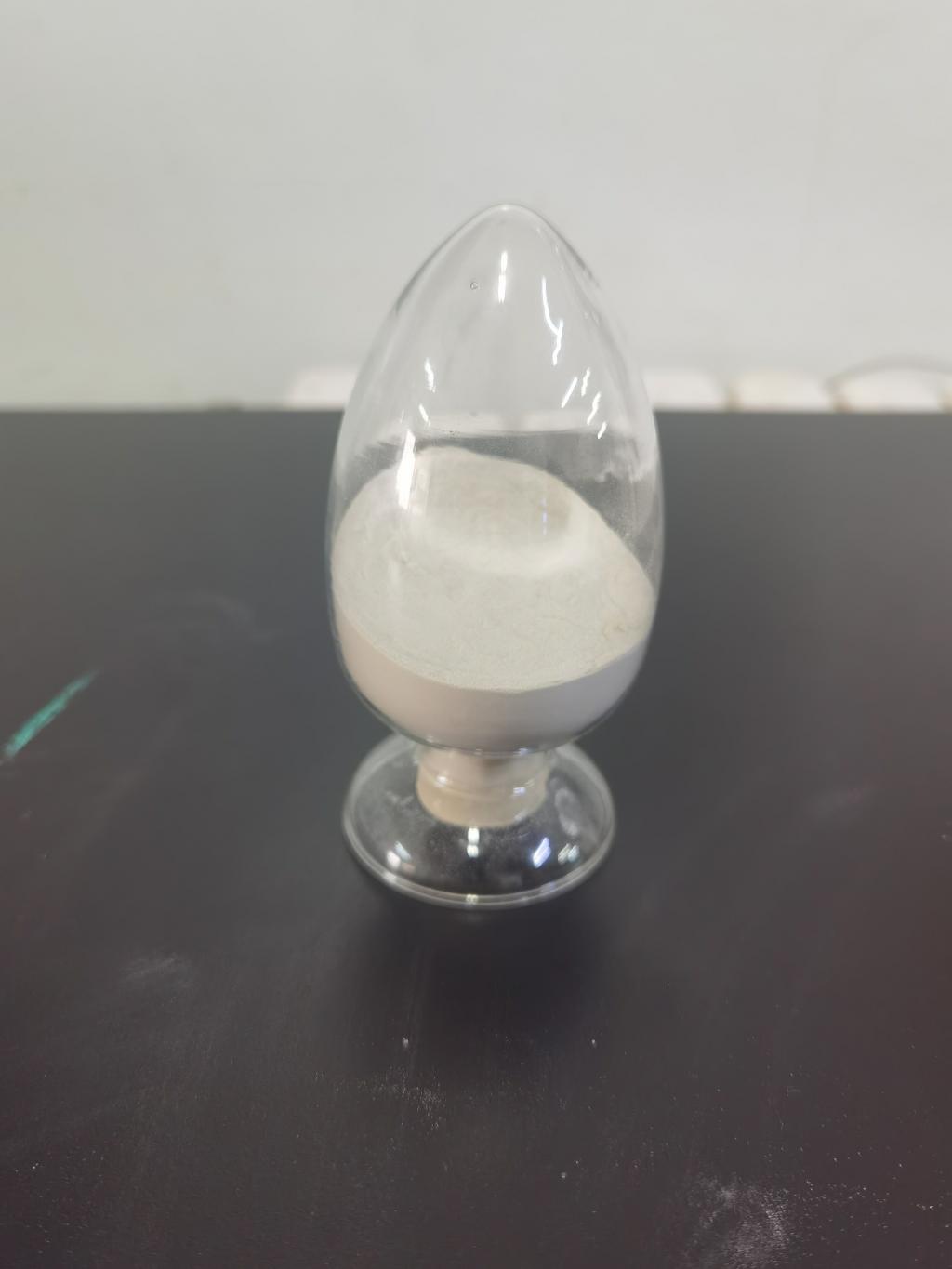Tel:+8618231198596

News
 CONTACT
CONTACT
 CONTACT
CONTACT
- Linkman:Linda Yao
- Tel: +8618231198596
- Email:linda.yao@dcpharma.cn
- Linkman:CHARLES.WANG
- Department:Overseas
- Tel: 0086 0311-85537378 0086 0311-85539701
News
Nisin's Synergy with Edible Coatings for Fresh Produce Preservation.
TIME:2023-10-08
Understanding Nisin
Nisin is a naturally occurring antimicrobial peptide produced by the bacterium Lactococcus lactis. It has been employed as a food preservative for decades, particularly in dairy products like cheese and milk. Nisin's unique antimicrobial properties make it a valuable tool in food preservation.
Nisin's Antimicrobial Action
Nisin is effective against a broad spectrum of harmful microorganisms, including various strains of bacteria and even some fungi. It functions by disrupting the cell membranes of these microorganisms, leading to their death. Importantly, nisin is selective in its action, targeting harmful bacteria while leaving beneficial bacteria largely unharmed. This selectivity is crucial in maintaining the quality of fresh produce.
Natural and Safe
One of the primary advantages of nisin is its natural origin. It is derived from bacteria and has undergone extensive safety evaluations by regulatory bodies worldwide, such as the U.S. Food and Drug Administration (FDA) and the European Food Safety Authority (EFSA). These evaluations have consistently affirmed its safety for use in food products.
Understanding Edible Coatings
Edible coatings are thin layers of edible materials applied to the surface of fresh produce to enhance their shelf life and quality. These coatings can be made from various ingredients, including polysaccharides like cellulose, starch, and pectin, as well as proteins such as gelatin and casein. Edible coatings offer several advantages in preserving fresh produce.
Advantages of Edible Coatings
Moisture Retention: Edible coatings act as a barrier, reducing moisture loss from fruits and vegetables. This helps maintain their firmness, crispness, and juiciness.
Reduced Oxidation: Edible coatings can limit oxygen exposure, reducing oxidative reactions that lead to browning and deterioration in quality.
Microbial Barrier: Edible coatings provide a physical barrier to microorganisms, preventing contamination and spoilage.
Enhanced Appearance: Coated produce often exhibits a glossier appearance, making it more visually appealing to consumers.
Controlled Gas Exchange: Edible coatings can be engineered to control the exchange of gases, such as oxygen and carbon dioxide, which is vital for maintaining the freshness of fruits and vegetables.
Nisin-Edible Coating Synergy
The combination of nisin with edible coatings presents a powerful approach to fresh produce preservation. This synergy addresses various challenges associated with preserving fruits and vegetables.
Enhanced Microbial Control
Edible coatings alone can provide a physical barrier against microbial contamination. Still, when combined with nisin, the preservation capabilities are greatly enhanced. Nisin, as a natural antimicrobial agent, complements the microbial barrier created by the coating, reducing the risk of microbial growth on the produce's surface.
Extended Shelf Life
The dual action of nisin and edible coatings significantly extends the shelf life of fresh produce. Nisin inhibits the growth of harmful bacteria and fungi, while the coating helps maintain the produce's moisture content and reduces oxidative processes. Together, they contribute to prolonged freshness and quality, reducing food waste.
Reduction in Chemical Preservatives
The use of nisin in combination with edible coatings allows for the reduction or elimination of chemical preservatives traditionally used in fresh produce preservation. This aligns with consumer preferences for minimally processed and natural foods, addressing concerns about synthetic additives.
Enhanced Food Safety
Food safety is a paramount concern in the fresh produce industry. Nisin's ability to control the growth of pathogenic bacteria, such as Listeria and E. coli, complements the safety provided by edible coatings. This dual approach minimizes the risk of microbial contamination and ensures that fresh produce remains safe for consumption.
Preservation of Appearance and Texture
Consumers are not only concerned with food safety but also with the visual appeal and texture of fresh produce. Edible coatings maintain the produce's appearance, while nisin prevents spoilage-related changes in texture. This combination results in produce that looks and tastes better for longer.
Sustainable Preservation
Nisin's natural origin and the use of edible coatings made from renewable resources contribute to a sustainable approach to fresh produce preservation. It aligns with the growing consumer demand for environmentally friendly and sustainable food practices.
Applications in the Fresh Produce Industry
The synergy between nisin and edible coatings has found application in various aspects of the fresh produce industry.
Fruit Preservation
Nisin-edible coating combinations have been used to preserve fruits like apples, strawberries, and citrus fruits. These coatings help prevent moisture loss, maintain color and firmness, and extend shelf life.
Vegetable Preservation
Fresh vegetables, including cucumbers, tomatoes, and bell peppers, benefit from nisin-edible coating treatments. These coatings reduce water loss, slow down oxidative processes, and inhibit the growth of spoilage microorganisms.
Post-Harvest Treatments
Nisin can be applied as a post-harvest treatment to fresh produce, complementing the benefits of edible coatings applied before or after harvest. This approach is particularly useful for preserving produce during transportation and storage.
Organic and Natural Produce
Organic and natural produce, which often eschew synthetic preservatives, can benefit significantly from nisin-edible coating treatments. It allows these products to maintain their organic status while ensuring safety and quality.
Conclusion
The combination of nisin, a natural antimicrobial peptide, with edible coatings offers a powerful and sustainable solution for fresh produce preservation. This synergy enhances microbial control, extends shelf life, reduces the need for chemical preservatives, and maintains the appearance and texture of fresh fruits and vegetables. As consumer preferences shift towards minimally processed and natural foods, this approach aligns with the demands of the modern food industry. Nisin-edible coating treatments not only enhance the safety and quality of fresh produce but also contribute to reducing food waste and promoting sustainable preservation practices.
- Tel:+8618231198596
- Whatsapp:18231198596
- Chat With Skype







